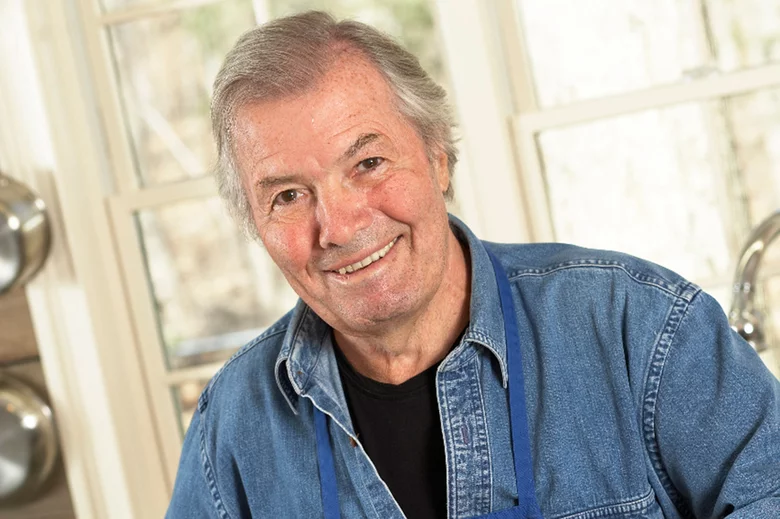Started in 1922 by a chocolatier in the Rhone Valley who desired better quality chocolate, the company buys directly from farmers and forms long-term partnerships to ensure both high quality and the best compensation for the farmers. You may have heard of "fair trade chocolate" Valrhona goes beyond fair trade and pays 100% higher than market value. Their chocolate is not always certified organic, but they ensure no pesticides are used on crops. The focus of Valrhona is primarily with chefs, so you will rarely see their products at retail but they are often the chocolate used in elegant plated desserts.
I've always known that baking and pastry was akin to chemistry and this class really brought that home for me. With scientific precision award-winning Corporate Pastry Chef for Valrhona USA Derek Poirer began the session by asking the chefs how they make ganache. Most chefs explained that they combine chocolate with heated and then cooled cream.
He explained that ganache is an emulsion because cream is mostly made of water and chocolate is mostly comprised of fat. The taste test of ganache made with melted versus non-melted chocolate made everyone a believer. In addition to impressing the heck out of me by using a laser thermometer, here is what I, as a non-professional learned from Chef Poirer:
1. In order to make the best tasting and most stable ganache, use the rules for any emulsion, make sure both the chocolate and the cream are warm (35 degrees celsius is the fusion point). This means you need to melt the chocolate before combining it with the cream and to beat it vigorously with a hand blender to emulsify it.
2. In order to fix a broken ganache, heat the base if the temperature was too low, and add more cream if the temperature is fine.
3. When beating cream or egg whites, do so at 3/4 speed, not full speed. Why? Smaller bubble structure will lead to less collapse and better texture.
4. When making caramel, before deglazing, the sugar should just start to smoke to ensure the proper flavor, and use a hot liquid to deglaze the pan.
5. For marshmallows, using powdered gelatin may be preferable because leaf gelatin can over-absorb liquid.
6. Streusel is sweeter than "crisp" or "crunch" topping. This means it will stay crisper longer.
While many of the finer points of crystallization were beyond me, I found the class fascinating, not to mention, delicious! I have all the more respect for pastry chefs who create fantastic desserts, now that I have seen what it takes to make them. Check out my colleague Michael Procopio's take on this sugarific day here.





